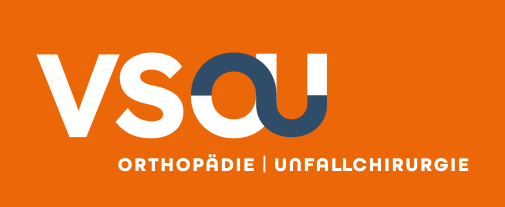Ihre Suche ergab 1 Treffer
Migration und Outcome des Aesculap-Schraubrings SC
Zusammenfassung: Das Ziel dieser Studie war es, neben der Migrationsrate des Aesculap-Schraubrings SC auch das allgemeine und gelenkspezifische Outcome von Patienten 10 Jahre nach zementfreiem und zementiertem Hüftgelenkersatz zu evaluieren.
Um Daten bzgl. des allgemeinen Outcomes zu gewinnen, wurden die Ergebnisse des SF-36-Lebensqualitätsscores und des Duke-Gesundheitsprofils ausgewertet. Mithilfe des Scores nach Merle D’Aubigné und Postel, des Harris-Hip-Scores und des Mayo-Hip-Scores wurden Informationen zum gelenkspezifischen Outcome erhoben.
Die Migration des Schraubrings wurde mit dem Computerprogramm der Ein-Bild-Röntgen-Analyse (EBRA) bestimmt. Bei 15 von 26 Patienten wurde mittels EBRA eine Migration von mehr als 1mm nachgewiesen. Es konnte kein statistisch signifikanter Unterschied bzgl. des allgemeinen und des gelenkspezifischen Outcomes in den Gruppen mit Migration (Migrationsgruppe: MG) gegenüber der Gruppe ohne Migration (Nicht-Migrationsgruppe: NMG) festgestellt werden. Der SF-36-Lebensqualitätsscore zeigte 49 Punkte (23/60) in der MG gegenüber 45 Punkten (30/60) in der NMG. Das Duke-Gesundheitsprofil zeigte ein Überwiegen der positiven Werte für beide Gruppen. Im Score nach Merle D‘Aubigné und Postel erzielte die MG 16 (7/18) Punkte, die NMG 15 (10/18) Punkte. Im Harris-Hip-Score erhielt die MG 91 (43/98) Punkte, während die NMG lediglich 85 (50/95) Punkte erreichen konnte. Einen ähnlichen Wert wiesen beide Gruppen im Mayo-Hip-Score auf, 77 (34/80) Punkte in der MG versus 70 (34/79) Punkte in der NMG.
Die Studie konnte zeigen, dass mit einem Schraubring SC versorgte Patienten gute Ergebnisse im Allgemeinen und gelenkspezifischen Outcome 10 Jahre nach der OP vorweisen konnten, wobei das Ausmaß der Migration des Schraubrings hierbei keinen negativen Einfluss zu nehmen scheint.
Summary: The aim of this study was to explore the migration of the Aesculap Screwcup SC and to evaluate the general and the joint specific outcome ten years after cementless and hybrid total hip arthroplasty.
To get data of the general-outcome, the results of the SF-36 and the Duke-Health-Profile were evaluated. With the scores of Merle D’Aubigné and Postel, Harris-Hip-Score and Mayo-Hip-Score information about the joint-specific-outcome was received. The stability of the cup was evaluated by the computer program EBRA.
In 15 out of 26 patients, a migration of more than 1 mm could be verified by EBRA. There was no statistically significant difference of the general and joint specific outcome of the patients with migration (migration group: MG) compared to those without migration (non-migration group: NMG).The SF-36 showed 49 points (23/60) in the MG and 45 points (30/60) in the NMG. The Duke-Score showed a predominance of the positive scales for both groups. In the score of Merle D’Aubigné the MG reached 16 points (7/18), the NMG 15 points (10/18). In the Harris-Hip-Score the results were 91 points (43/98) (MG) versus 85 points (50/95) (NMG). A similar result was revealed in the Mayo-Hip-Score with 77 points (34/80) in MG versus 70 points (34/79) in the NMG.
The study could demonstrate that patients with a Screwcup SC showed good general and joint specific outcomes ten years after surgery, whereas the size of migration of the cup did not seem to have a negative influence.
